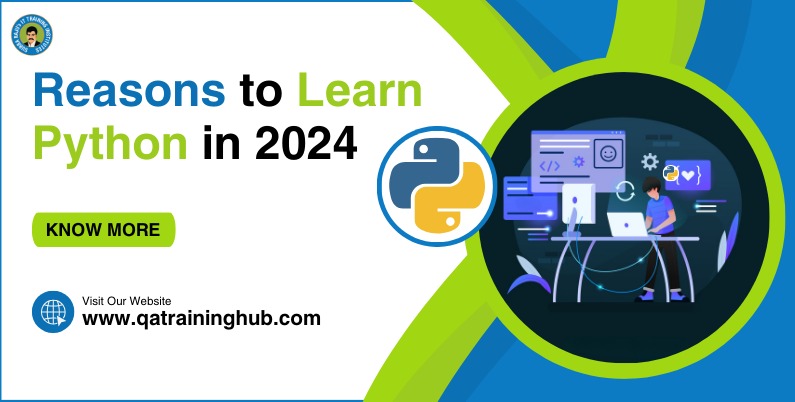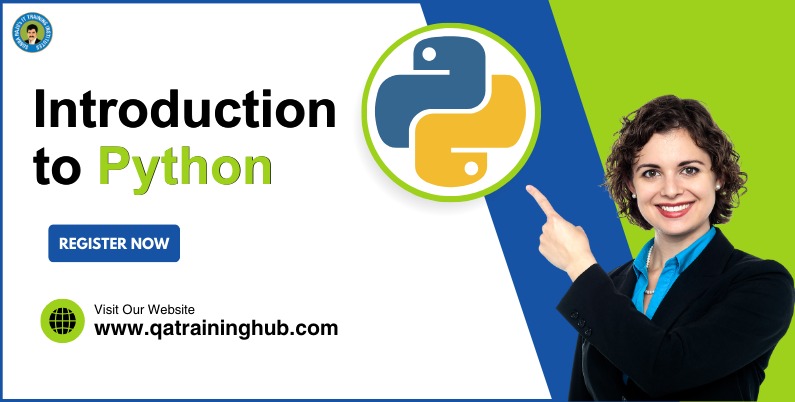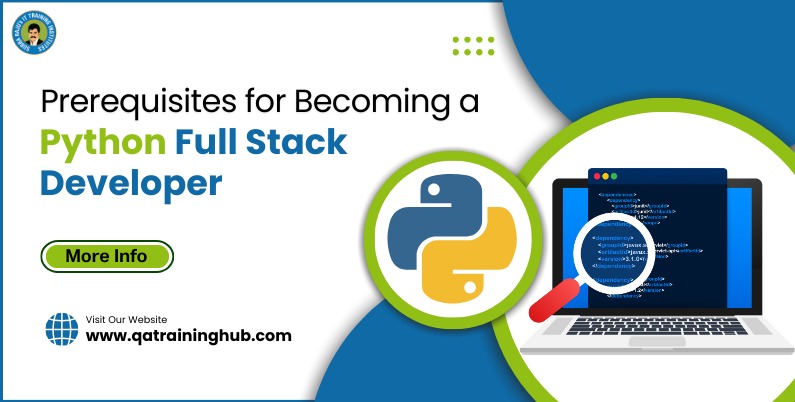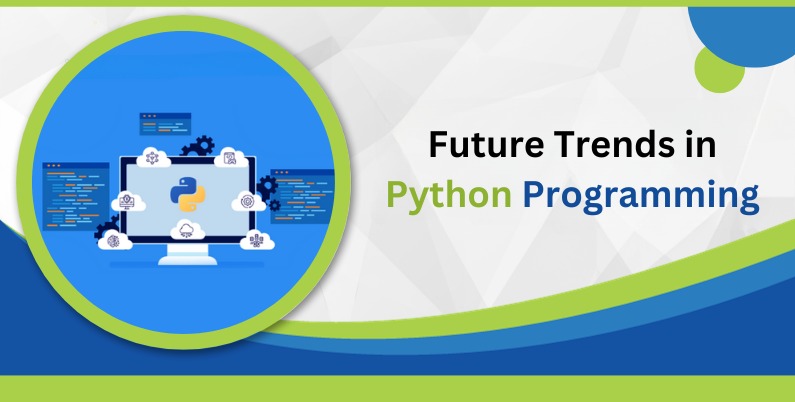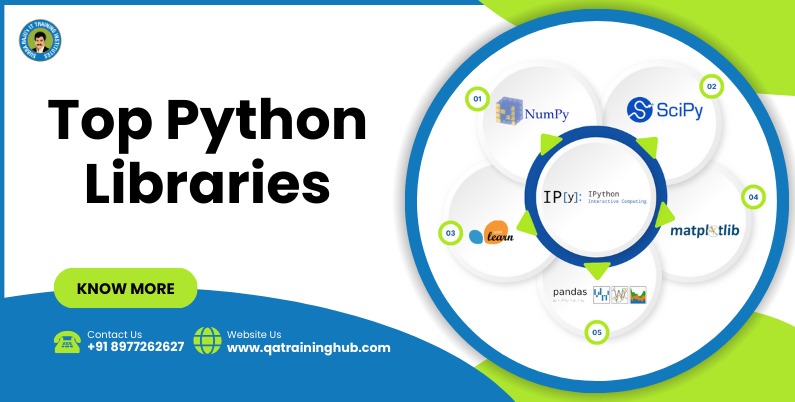
The Python libraries offer great tools for data crunching and preparation, as well as for complex scientific data analysis and modelling. Here I am going to discuss the list of top Python frameworks that allows you to carry out complex mathematical computations and create sophisticated models that make sense of your data.
Introduction:
As the Python is already a proven language in the data science industry and it is widely accepted by most of the industry, so it is now taken the lead as the toolkit for scientific data analysis and modelling.
Here I would like to highlight some of the most popular and go-to Python libraries for data science.
These are open-sourced libraries, offering alternate ways of deriving the same output.
As the technology now a days gets more and more competitive, data scientists and engineers are continually striving for ways to process information, extract insights and model, by processing massive datasets.
Python is the only platform where we can be able to explore the various, so you need to be well versed in the various Python libraries that support your data science tasks and the benefits they offer to make your outputs more robust and speedier.
Here I would like to discuss the some important library which is mostly required by the Python developer.
NumPy :
It is being considered as the Core Numeric and Scientific Computation Library.
The NumPy is also refer as Numerical Python and it is the core library that forms the mainstay of the ecosystem of data science tools in Python.
It supports scientific computing with high-quality mathematical functions and logical operations on built-in multi-dimensional arrays and matrices.
Besides n-dimensional array objects, NumPy provides functionality in basic algebraic functions, random numbers, basic Fourier transforms, sophisticated random number capabilities, tools for integrating Fortran code and C/C++ code.
The Array interface of NumPy also allows multiple options to reshape large datasets.
It is one of the best data science toolkit and being used by most other data science or machine learning Python packages (SciPy, MatplotLib, ScikitLearn, etc.) are built on it.
SciPy:
As we have already discussed above regarding the NumPy, the SciPy is the Numeric and Scientific Computation Library.
SciPy is an important Python library for researchers, developers and data scientists
SciPy is also refer as Scientific Python which is considered as another core library for scientific computing with algorithms and complex mathematical tools for Python.
It contains tools for numerical integration, interpolation, optimization, etc., and helps to solve problems in linear algebra,
probability theory, integral calculus, fast Fourier transform, signal processing, and other such tasks of data science.
The SciPy key data structure is also a multidimensional array, implemented by NumPy.
It is basically get set up after the NumPy installation is get done on the environment.
It offers an edge to NumPy by improving useful functions for regression, minimization, Fourier-transformation, and more.
Pandas:
It is being considered as the Data Analysis Library and is a dedicated library for data analysis, data cleaning, data handling, and data discovery, and steps executed prior to machine learning projects.
It is basically used to provides tools for shaping, merging, reshaping, and slicing of datasets.
Here we are having three types of data structures such as “series” (single-dimensional, homogenous array), “data frames” (two-dimensional, heterogeneous columns) and “panel” (three-dimensional, size mutable array).
These are used to enable merging, grouping, filtering, slicing and combining data, besides providing a built-in time-series functionality. Data in multiple formats such as CSV, SQL, HDFS or excel can also be processed easily.
The Panda is the go-to library for data analysis in domains like finance, statistics, social sciences, and engineering.
Its easy adaptability, ability to work well with incomplete, unstructured, and uncategorized data, makes it popular among data scientists.
SciKit-Learn:
It is basically used for the Data Analysis and Machine Learning Library to solve the complex machine learning problems.
It basically used to provides algorithms for the common machine learning and data mining tasks such as clustering, regression, classification, dimensionality reduction, feature extraction, image processing, model selection and pre-processing.
It is built on the top of SciPy, Numpy, and Matplotlib.
SciKit-Learn has great supporting documentation that makes it user-friendly.
The various functionalities of SciKit-Learn help data scientists in use cases like spam filters, image recognition, drug response, stock pricing, and customer segmentation.
QA Training Hub is the best Python online training hub from Hyderabad. Subba Raju Sir is well experienced trainer, who is popularly known as Python guru in Ameerpet, Hyderabad.

